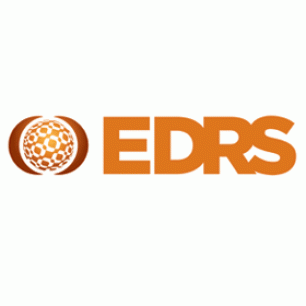Key findings
- Thirteen percent of the 2013 national EDRS sample identified as gay, lesbian, bisexual or some ‘other’ sexual orientation (i.e. did not identify as heterosexual).
- Participants who identified as GLB were significantly more likely to be female, were older and had completed fewer years of schooling.
- Gay men were significantly more likely to nominate methamphetamine as their drug of choice, whilst GLB participants as a whole were less likely to nominate alcohol as their preferred drug of choice.
- In terms of recent drug use, gay men were significantly more likely to have used amyl nitrate, crystal methamphetamine, GHB and heroin. Inversely, the GLB group were less likely to have used alcohol, cannabis, cocaine and any NPS within the preceding six months.
- Gay men were also more likely to report a lifetime injecting history, to know someone else with an injecting history, to have been offered drugs to inject in the past year and to have ever seriously considered injecting a drug.
- GLB participants were significantly more likely to have suffered from a mental health problem in the preceding six months, and were also more likely to report high or very high levels of psychological distress.
- However, GLB and heterosexual participants had similar sexual risk profiles, as well as similar rates of bingeing, overdose, drug driving and criminal activity.


